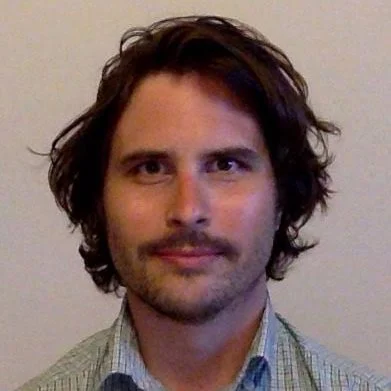Guest lectures and seminars - Page 3
Abstract: Although tropical vector bundles have been introduced by Allermann ten years ago, very little has been said about their structure and their relationship to vector bundles on algebraic varieties. I will present recent work with Martin Ulirsch and Dmitry Zakharov that changes exactly this in the case of curves: we prove analogues of the Weil-Riemann-Roch theorem and the Narasimhan-Seshadri correspondence for tropical vector bundles on tropical curves. We also show that the non-Archimedean skeleton of the moduli space of semistable vector bundles on a Tate curve is isomorphic to a certain component of the moduli space of semistable tropical vector bundles on its dual metric graph. Time permitting I will also report on work with Inder Kaur, Martin Ulirsch, and Annette Werner and explain some of the difficulties that arise when generalizing beyond the case of curves to Abelian varieties of arbitrary dimension.
C*-algebra seminar by Emilie Elkiær.
We consider several situations where drops can be captured by fibrous materials, from sprays on textiles (where the droplets are much larger than the typical fiber size) to meshes placed in a flow of fog (where the droplets are smaller than the typical fiber size). This last system, often encountered in aerosol filtration, exhibits a wealth of phenomena coupling capillarity and aerodynamics. In particular, we characterize experimentally and theoretically the deposition of the mist droplets on the fibre and the flow through and around the porous mesh, that both strongly depend on the mesh porosity and fine structure (i.e. the arrangements of the fibers). We further consider the dynamics of large drops sitting on fibers when exposed to a cross-flow, in particular their interactions with their unsteady wakes.

